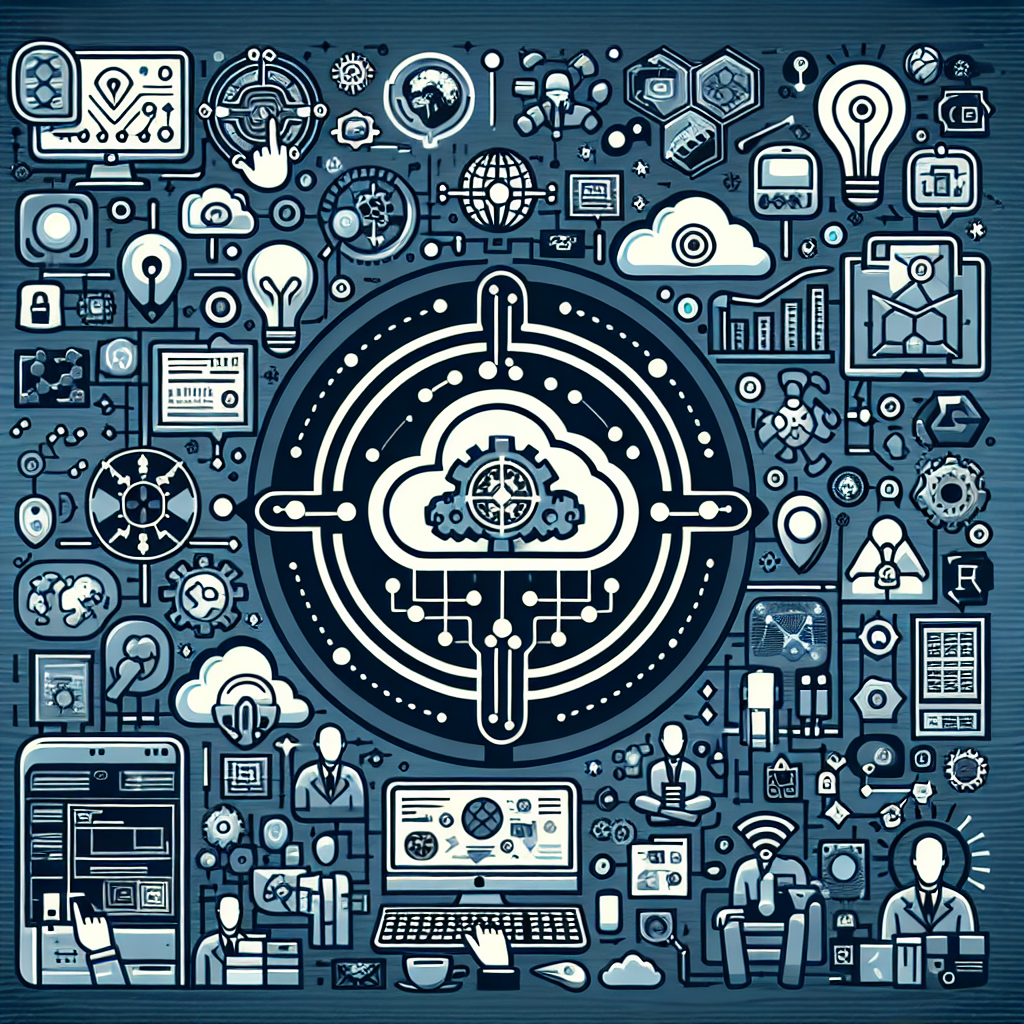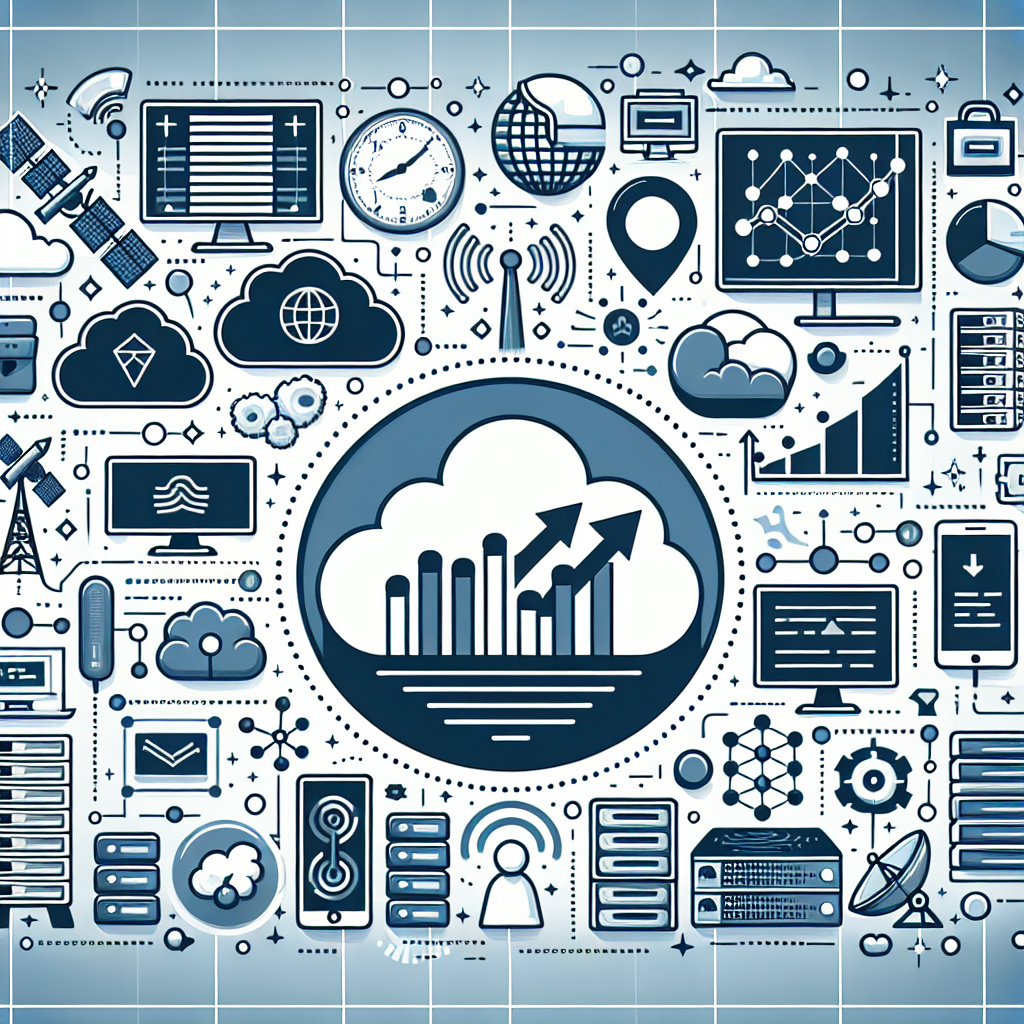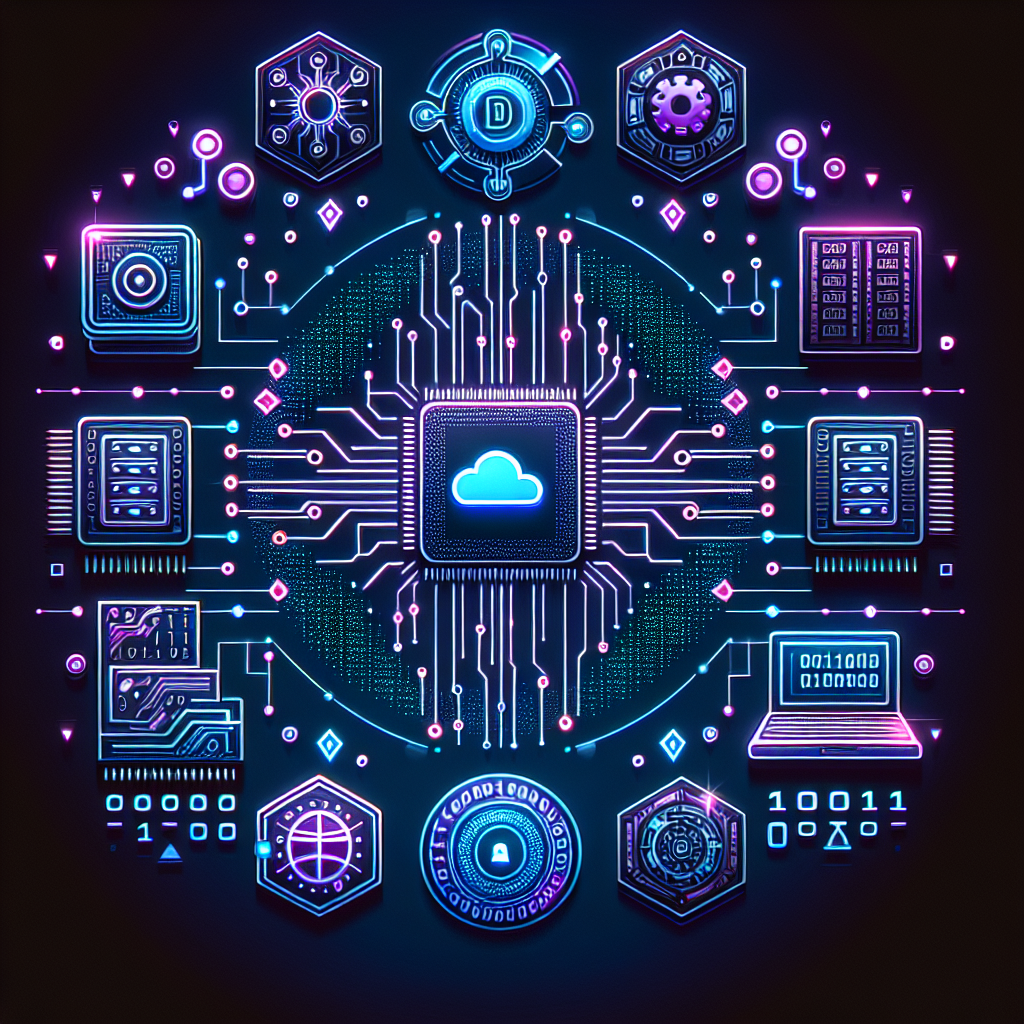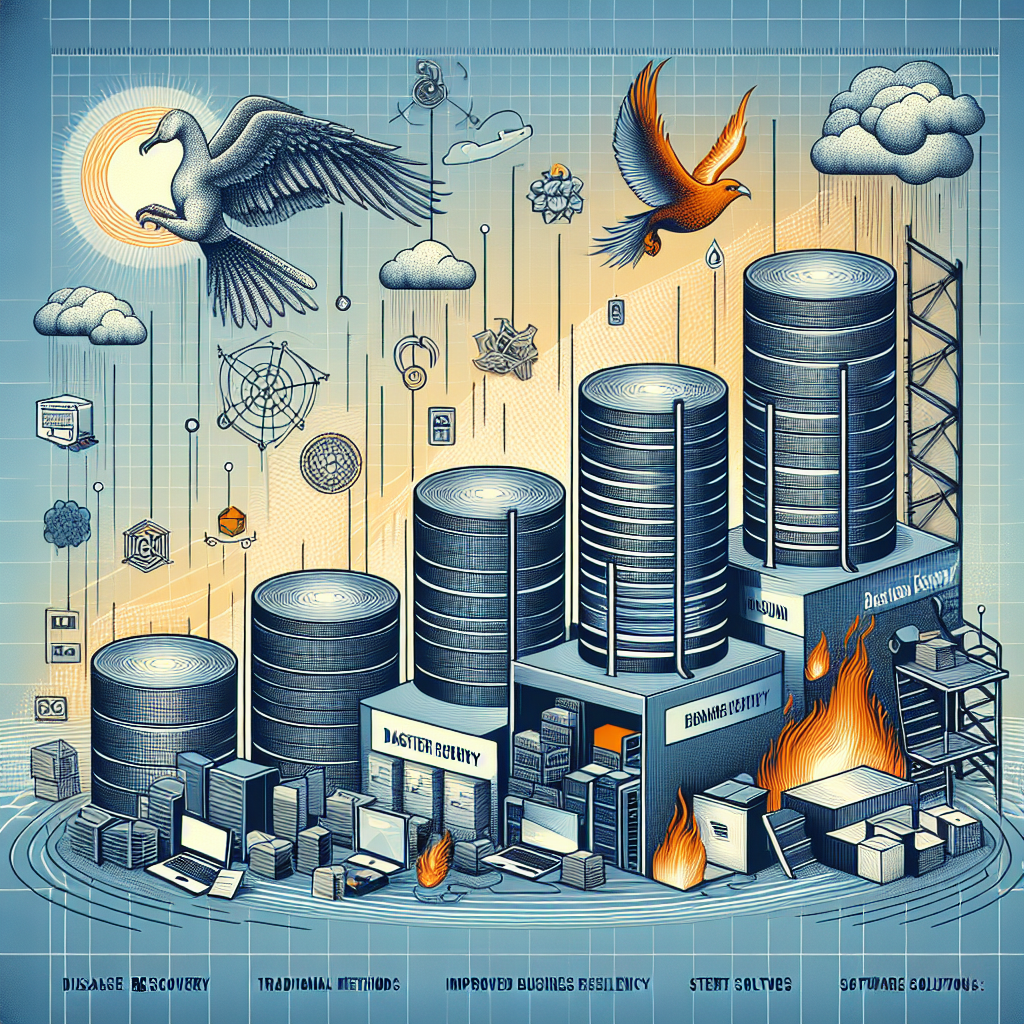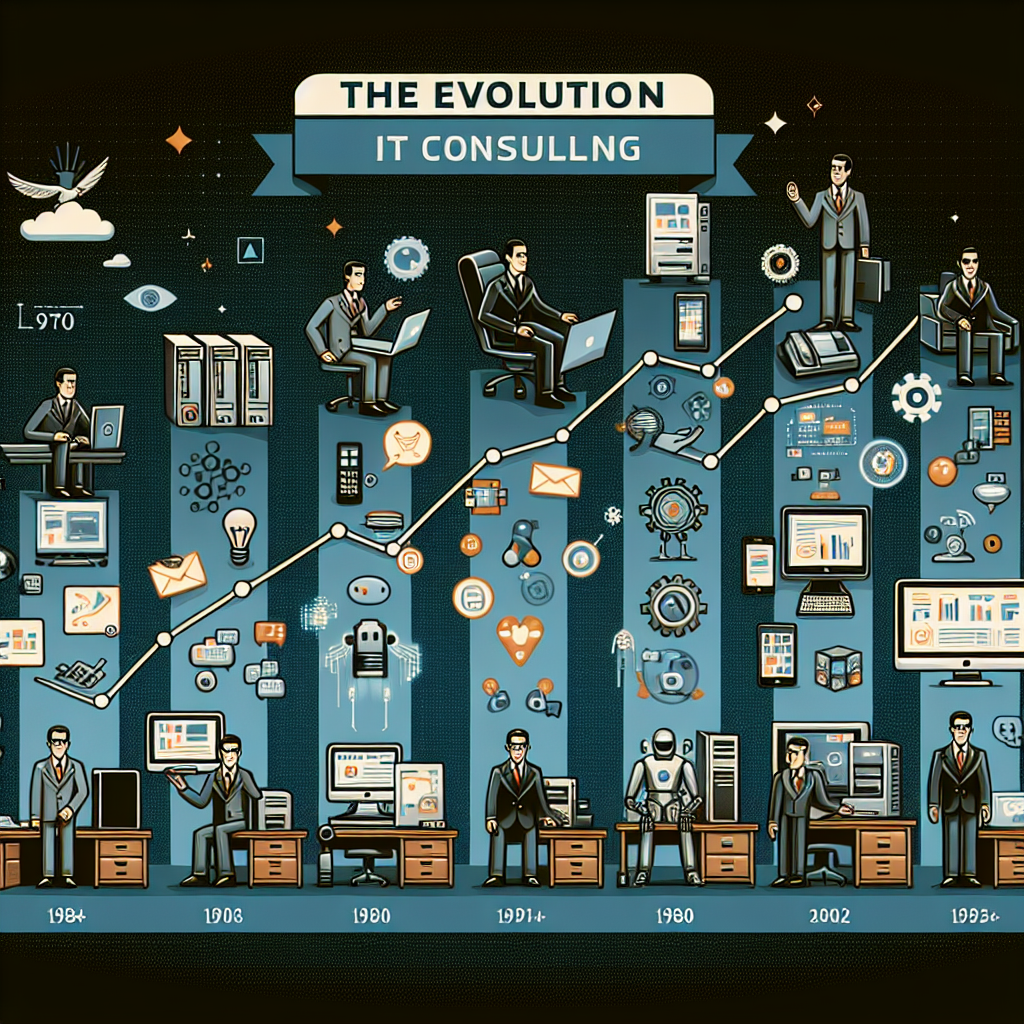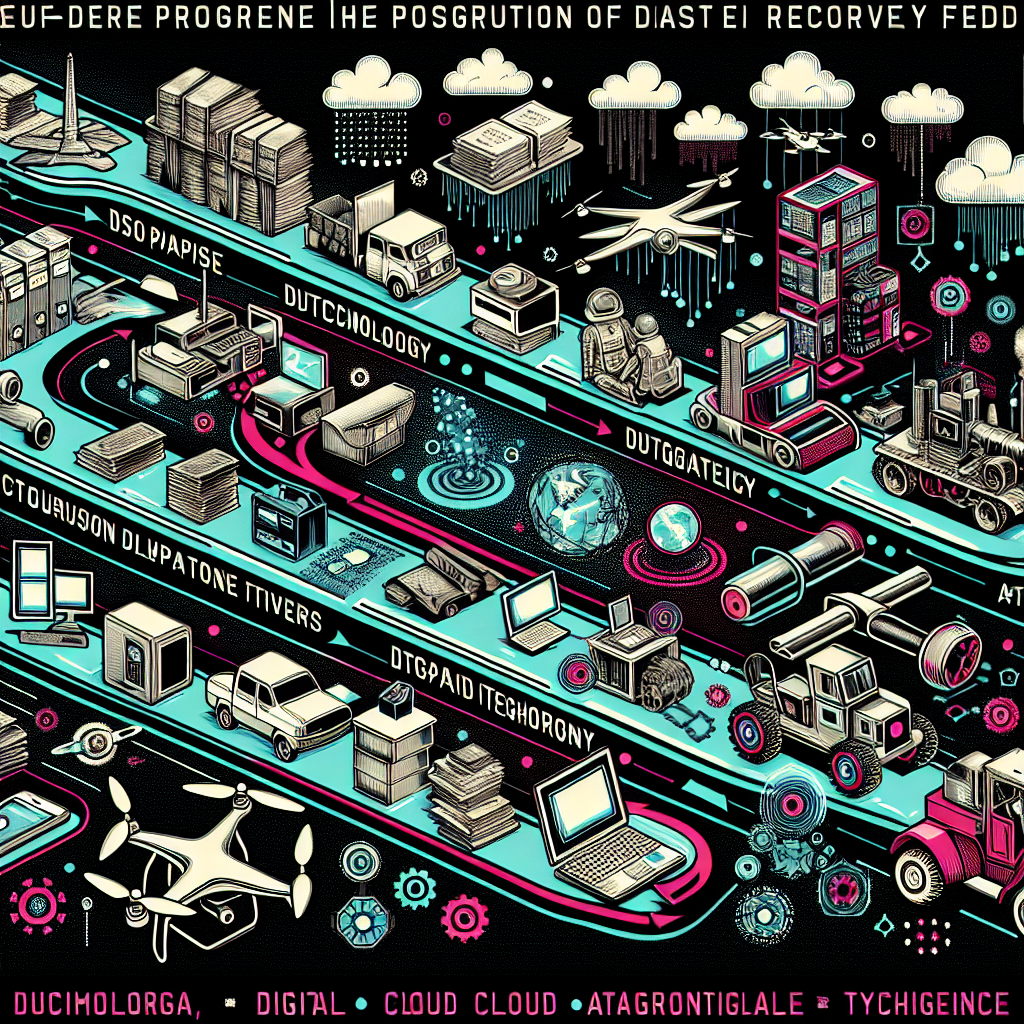Your cart is currently empty!


- An updated February outlook is warmer in the East and South than what happened in January.
- Early in the month, the epicenter of February cold will be from the Northwest to the Northern Plains.
- But a potential pattern change later in the month could shift that cold elsewhere.
February’s temperature forecast looks much different than January’s persistent cold, but there’s a late month wild card that could change that, according to an updated outlook released Friday by The Weather Company and Atmospheric G2.
How February looks: For the month as a whole, most of the East and South are expected to be warmer than average, particularly from the mid-Atlantic and Southeast to coastal and southern Texas. However, a colder February is expected in the Northwest, Northern Rockies and Northern Plains.
Since the map is an overall snapshot for all 28 days in the month, it masks some notable week-to-week temperature swings, which we’ll discuss later.


The February 2025 temperature outlook, as of Jan. 31. The colors on the map indicate areas of progressively above average (oranges, maroon, pink) and below average (blue, purple, pink) temperatures forecast for the month, overall.
(AG2/TWC)
How the month’s temperatures might evolve:
- February should start out generally colder from the Northwest to the Northern Plains, and occasionally into the Great Lakes and Northeast as some cold air in western Canada sweeps across the northern tier. Meanwhile, the southern tier of the country should be warmer than usual for this time of year.
- However, there’s a pattern change that could happen around mid-month, according to Todd Crawford, Vice President of Meteorology at Atmospheric G2.
- “Heading into the back half of February, this represents a low-probability colder risk,” said Crawford, referring to this potential pattern change’s impact on temperatures in the East and South.
How the pattern change could make it colder later in February: Patterns of the jet stream, including sharp southward plunges and domes of high pressure, help steer storm systems that either deliver or deflect cold air.
As of the time this article was published, computer forecast models suggested a dome of high pressure known as a Greenland block could form by mid-month. When that happens, the jet stream is forced to take a southward nosedive over the eastern U.S., delivering more persistent cold there.
At the same time a positive phase of the Pacific-North American pattern could move another dome of high pressure near or just off the West Coast.
If that pattern change happens, it could shift the country to a warm West – cold East and South scenario for late February. So, you may want to enjoy your February thaw early in the month, while you can.


Jet stream pattern in the positive phase of the Pacific North American pattern.
Cold January: This February forecast looks quite a bit different than January, as the map below of January temperature anomalies (through the 27th) shows.
According to AG2’s Todd Crawford, it was America’s coldest January since 2014, that’s the January when the “polar vortex” first entered into the pop culture lexicon.
The month featured four major winter storms in under three weeks, beginning with Winter Storm Blair and punctuated by the historic Gulf Coast Winter Storm Enzo.


This map shows how far above and below average temperatures were in the first 27 days of January 2025, the most recent data available at the time the article was published, in degrees Celsius.
(NOAA/PSL)
